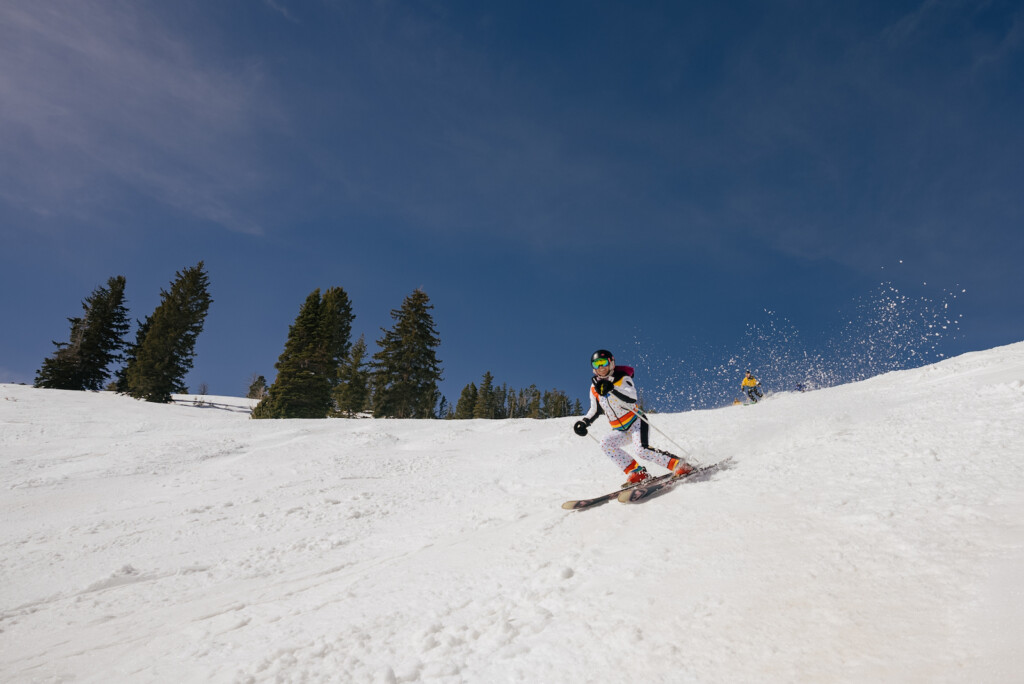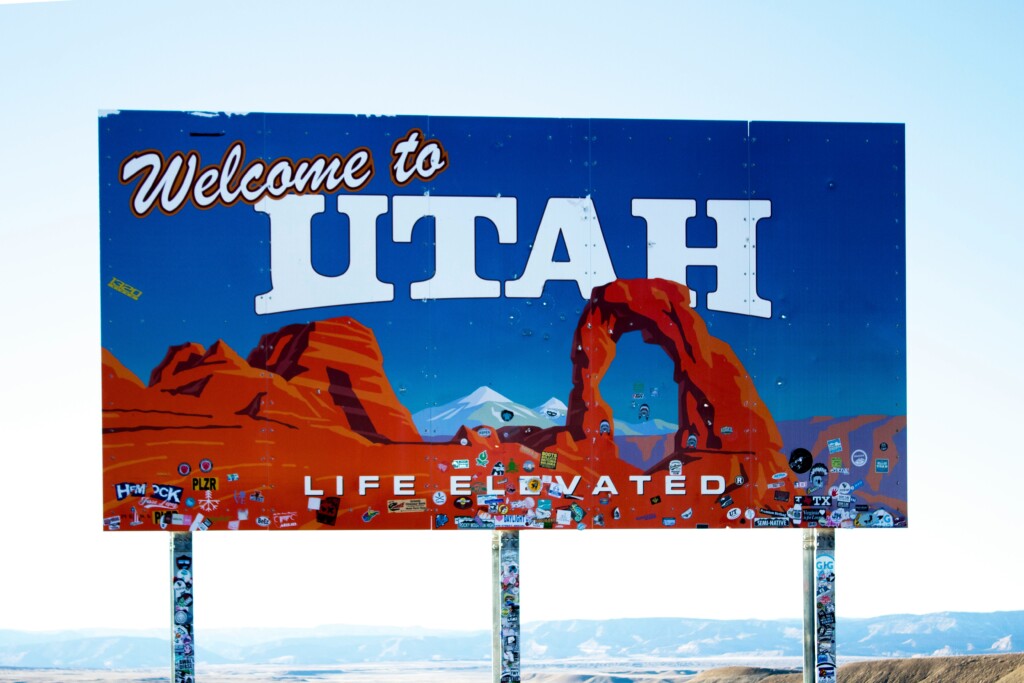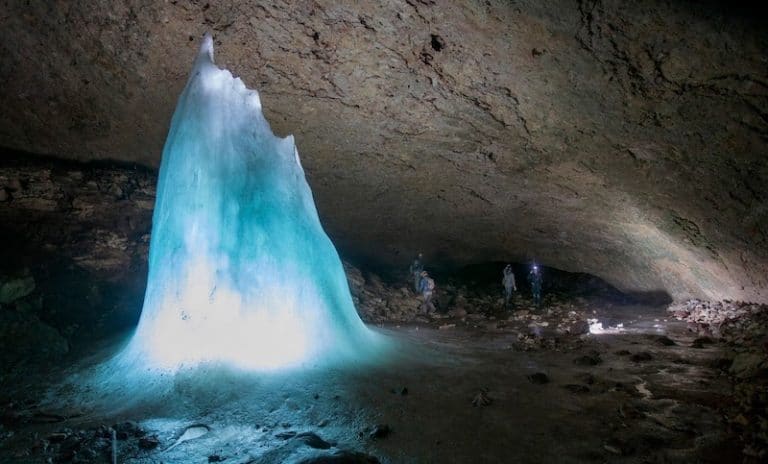
Utah is an outdoor playground on all levels, from 13,528 feet atop Kings Peak in the Uintas to 1,227 feet below ground in Main Drain Cave — the deepest cave in Utah and 11th deepest in the nation. The Beehive State’s underground world, shaped by water, minerals and time, is filled with colorful formations like helictites — hollow twiglike deposits of calcite or aragonite — and the aptly-named cave bacon. There are vast caverns and small crawl spaces; colonies of bats and solitary centipedes.
Utah’s caves have something for spelunkers of all skill levels.
Main Drain Cave
One of Utah’s deepest caves, located in the Tony Grove area of the Uinta-Wasatch-Cache National Forest, is not for the novice spelunker. The treacherous 1,227-foot descent and ascent requires full climbing gear and can take anywhere from 10-18 hours to complete as the air and water temperatures drop to the mid-30s.
Main Drain was formed by mildly acidic water dissolving a path through limestone bedrock. As the name suggests, the cave captures a significant amount of water that falls and forms pools, which adventurous scuba divers have explored in hopes of finding new parts of the cave system.
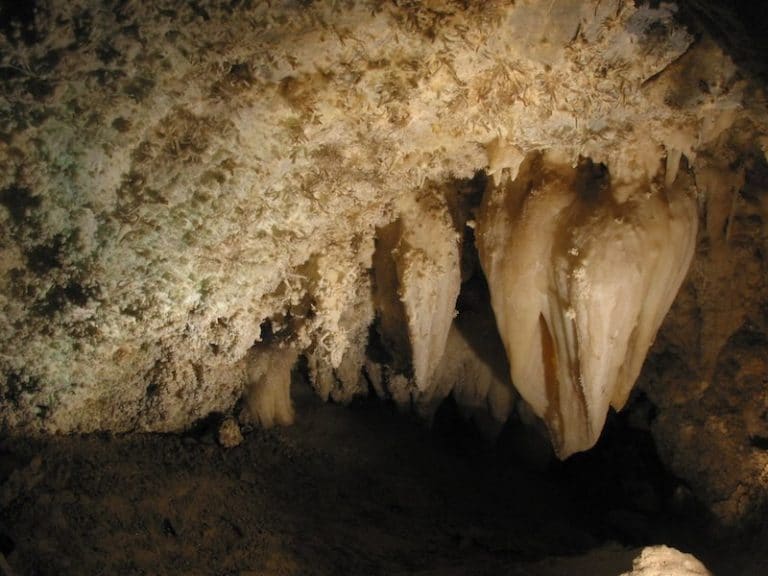
Timpanogos Cave
At Timpanogos Cave National Monument in American Fork, you can take a ranger-guided tour of the cave system after a steep 1.5-mile hike to the mouth of the cavern. Hansen, Middle and Timpanogos caves were connected by man-made tunnels blasted in the 1930s and contain many colorful cave features, including cave popcorn (small mineral nodes) and impressive collections of the straw-like helictites.
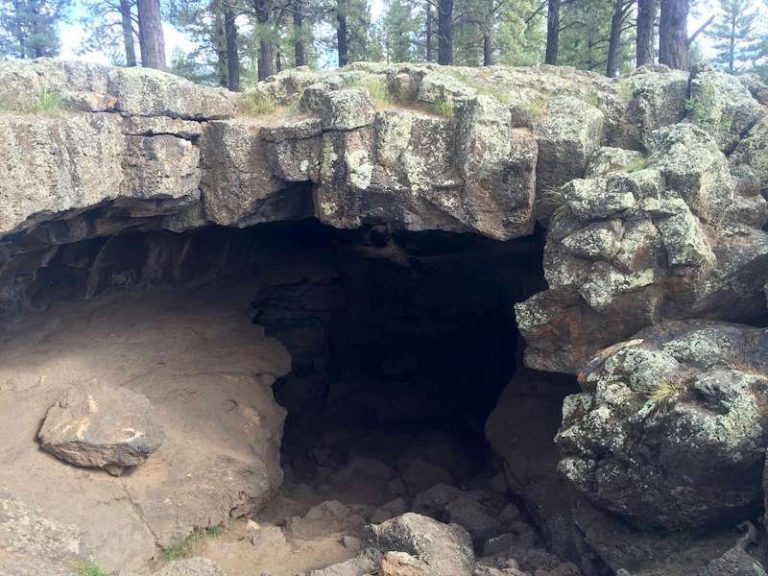
Mammoth Cave
Mammoth Cave, one of the largest lava tubes in Utah, was formed an estimated 2,000 years ago by cooling lava and water in Southern Utah’s Dixie National Forest — a young formation, as far as geology goes. The cave has four chambers and spans about a quarter of a mile. The cave is pitch black after the first turn, so spelunkers should be equipped with proper lighting. Mammoth Cave is also home to several species of bats.
Bloomington Cave
For the cave explorer willing to crawl, climb and squeeze through narrow passages, Bloomington Cave in St. George’s Beaver Dam Mountains is the destination for you. There are five different marked routes to get through the cave, which stretches 1.43 miles, making it the fifth longest cave in Utah.
Nutty Putty Cave
Just like all outdoor activities, spelunking carries inherent risks, and no cave in Utah better exemplifies this than the now-closed Nutty Putty Cave. In 2009, the cave was sealed with concrete after 26-year-old John Jones became stuck in a crevice and died after a 27-hour failed effort by rescuers to free him.
The popular hydrothermal cave, located west of Utah Lake in Utah County, was the site of five rescues over a 10-year period, and is now the final resting place for Jones. A memorial plaque has since been installed near the entrance of the cave and serves as a reminder to tread carefully while exploring Utah’s underground world.


